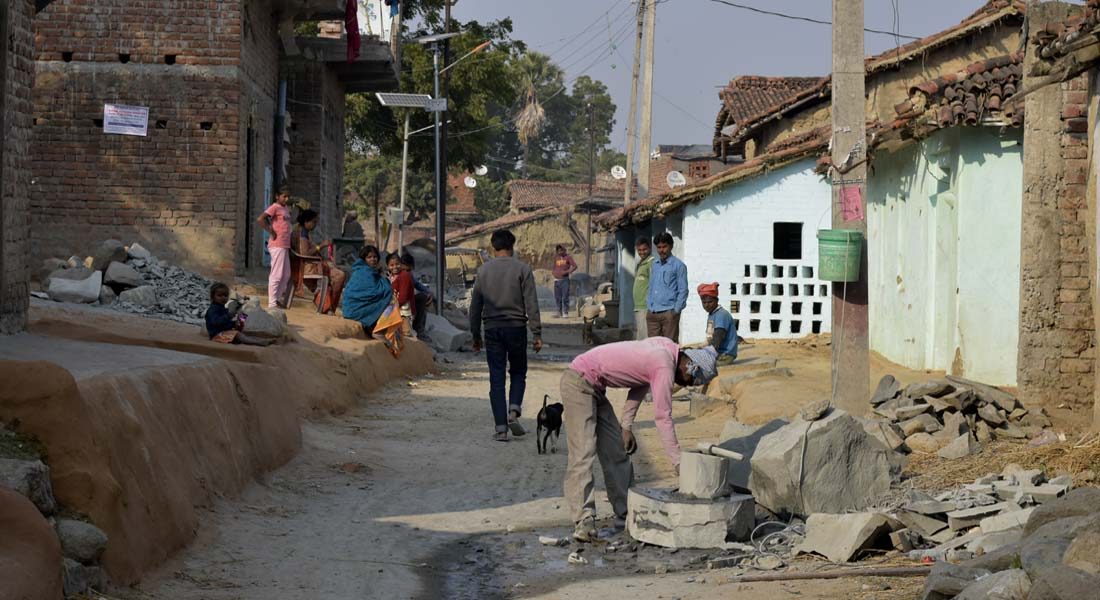Patharkatti is a village in Gaya district of Bihar. The first village on way to Patharkatti is Khukari. This village has as many as 3000 people who practice stone carving and are engaged with the sculpture making work.
Traditionally, the work was limited to the Gaud Brahmins who migrated from Rajasthan on the invitation of Rani Ahilyabai of Indore. Some 400 years ago, the 1300 Gaud Brahmins built the famous Vishnupadh Temple. Most of the families stayed back and continued the sculpture making from local stones.
In the last 20 years, most of the Gaud Brahmins have moved back to other places and only 4 families are left at Patharkatti. This craft was limited to the Gaud Brahmins till recently when in the 1960s Upendra Maharathi Shilp Anusandhan Sansthan started a training center to involve people from other communities. Since its inception, many local people have taken training from Ravindra Nath Gaud. The craft at its peak was spread in as many 10 villages.
The specialty of Pattherkatti and Gaya is that artisans work on black stone i.e. granite which is a hard stone. They also work on marble, sandstone, and palewa, but the artisans are very skilled in sculpting interesting statues of Gods & Goddesses from hard stone granite and household items such as thali, bowls, etc.
—
Source: UMSAS, Patna. Text partially edited.

